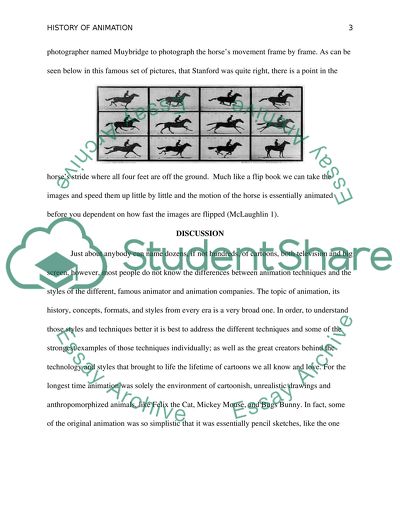Cite this document
(Animation and the American Entertainment Experience Essay Example | Topics and Well Written Essays - 2250 words, n.d.)
Animation and the American Entertainment Experience Essay Example | Topics and Well Written Essays - 2250 words. https://studentshare.org/visual-arts-film-studies/1645394-animation-and-the-american-entertainment-experience
Animation and the American Entertainment Experience Essay Example | Topics and Well Written Essays - 2250 words. https://studentshare.org/visual-arts-film-studies/1645394-animation-and-the-american-entertainment-experience
(Animation and the American Entertainment Experience Essay Example | Topics and Well Written Essays - 2250 Words)
Animation and the American Entertainment Experience Essay Example | Topics and Well Written Essays - 2250 Words. https://studentshare.org/visual-arts-film-studies/1645394-animation-and-the-american-entertainment-experience.
Animation and the American Entertainment Experience Essay Example | Topics and Well Written Essays - 2250 Words. https://studentshare.org/visual-arts-film-studies/1645394-animation-and-the-american-entertainment-experience.
“Animation and the American Entertainment Experience Essay Example | Topics and Well Written Essays - 2250 Words”. https://studentshare.org/visual-arts-film-studies/1645394-animation-and-the-american-entertainment-experience.


